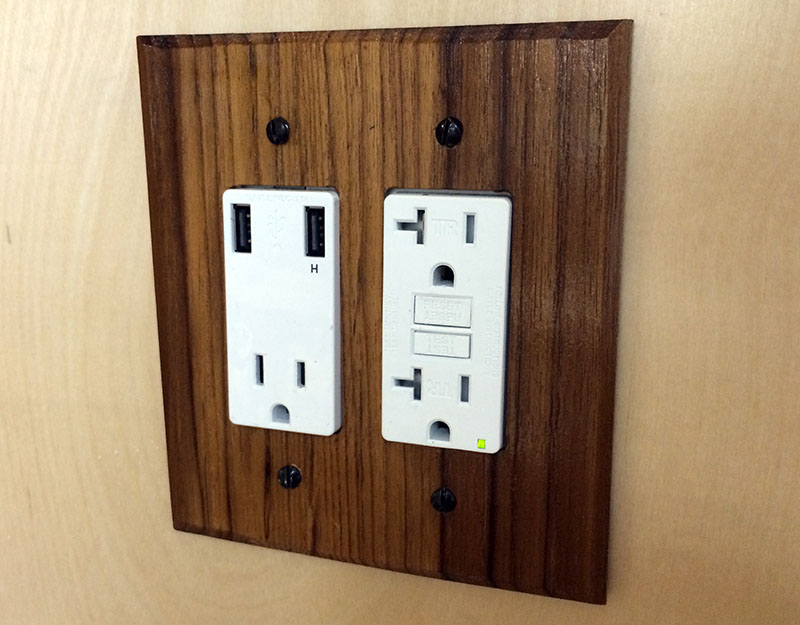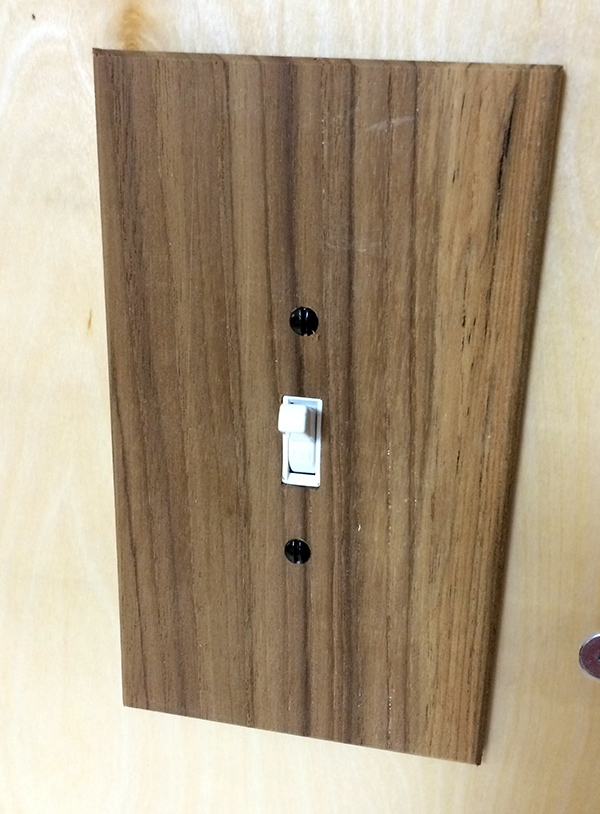RWW 181 Make Your Own Hardwood Switch Plates
My remodel is done but I’m adding some creature comforts and some aesthetic touches just because. I find little projects like these switch plates to be a lot of fun but also great opportunities to try new hand tool techniques. For the uninitiated hand tool user, they are great first steps. Let’s face it, hand planing a tiny board is much easier than a bigger one and it make the whole hand milling process much more approachable.
Enjoy this little diversion and go spruce up you own boring outlets.
It’s been brought to my attention that wooden switch plates may be an electrical code violation and possibly a fire hazard unless backed up with a fire resistant plate. I’m looking into this but like all things found on the internet, move forward at your own risk and do your research. If I come up with a definitive answer and/or solution I will post an amendment here.





